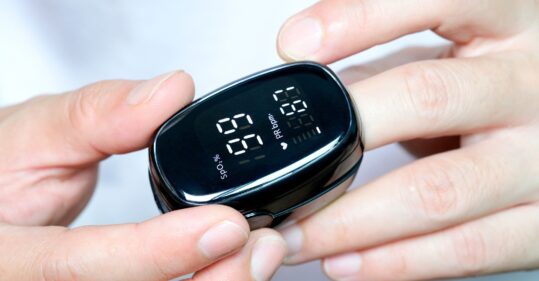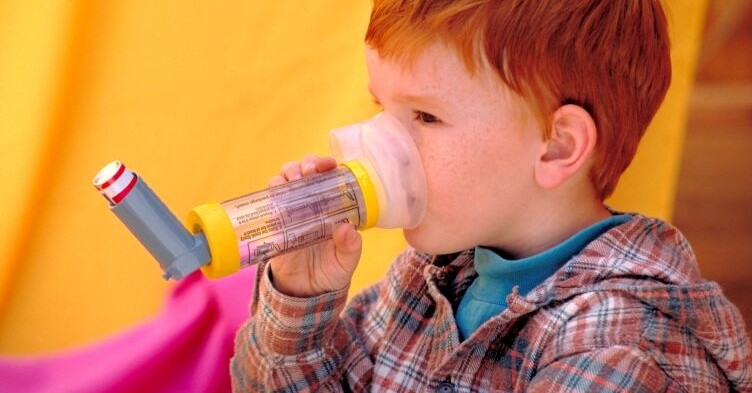At-home pulse oximetry reliable for monitoring Covid patients, research suggests

At-home blood oxygen saturation monitoring using pulse oximetry is a safe way to pick up patients with Covid-19 whose health could be deteriorating, a systematic review suggests.
The research, led by Imperial College London’s Institute of Global Health Innovation, examined 13 studies measuring the safety and effectiveness of pulse oximetry to remotely monitor patients at home with Covid-19, involving a total of almost 3,000 people.
Researchers concluded SpO2 monitoring at home could identify a decrease in SpO2, an early sign of deterioration, helping to triage patients remotely and guide care escalation.
Related Article: NHSE confirms dates and eligibility for autumn Covid and flu jabs
Remote monitoring also reduced unnecessary contact between healthcare professionals and patients with Covid-19, controlling infection risk and allowing resources to be redirected to those who needed them most.
‘Our systematic review has shown that the use of pulse oximetry as a monitoring tool for patients at home with Covid-19 helped to triage patients on the basis of their SpO2 concentrations, detect the risk of deterioration, and promote patient safety,’ the study authors wrote in The Lancet Digital Health.
Based on the findings, they made a series of recommendations for setting up a remote patient monitoring system using pulse oximetry, noting that any programme should monitor both at-rest and postexertional SpO2 in patients with Covid-19.
‘Although most models monitored only at-rest SpO2, evidence has shown that patients with Covid-19 usually have an abrupt, not a gradual, decrease in SpO2, which could be detected early by assessing postexertional SpO2,’ the study authors said.
They added that to date the evidence has shown the safety of self-conducting exertional tests only in patients with an at-rest SpO2 of at least 96%; otherwise, the test should be medically supervised in a healthcare facility.
Related Article: Practice dilemma: How can I diagnose asthma without access to tests?
Secondly, an SpO2 of 92% or less should be considered the minimum threshold to indicate care escalation in patients with Covid-19.
‘For postexertional SpO2, a decrease of 5% or more should be considered critical and indicate care escalation,’ they added.
Finally, there should be a standardised method for SpO2 to be self-assessed, with at-rest SpO2 being assessed after 5-10 minutes of rest, as an example.
Related Article: Women who work night shifts more likely to have asthma
‘The use of pulse oximetry for monitoring appeared safe and seemed applicable to different patient groups in terms demographics, disease severity, and existence of comorbidities,’ they added.
However, further studies were needed involving more diverse populations and they should also assess the effect of remote patient monitoring with pulse oximetry compared with other systems, such as online diaries to monitor change in symptoms.

See how our symptom tool can help you make better sense of patient presentations
Click here to search a symptom




